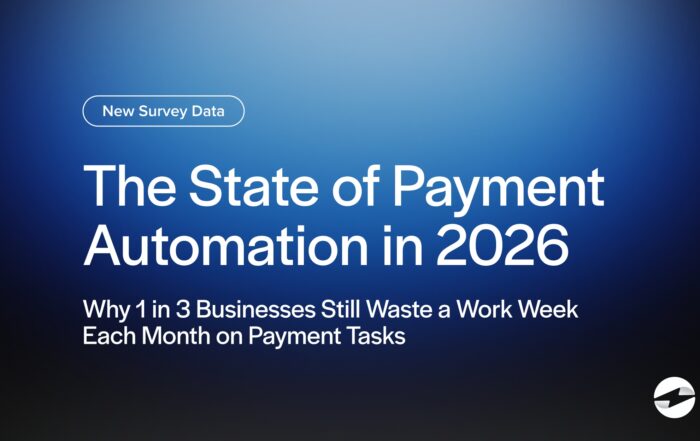What is a profit and loss statement?
A profit and loss (P&L) statement, also known as an income statement, is a financial report that summarizes a company’s income, costs, and expenses over a period of time. It shows whether a business is making a profit or losing money in the red. Think of it as a financial scoreboard—if a company earns more than it spends, it records a profit. If expenses exceed revenue, it shows a loss.
For example, if a coffee shop sells $10,000 worth of drinks in a month but spends $7,000 on ingredients, rent, and wages, its P&L statement will show a $3,000 profit before taxes.
Key Points
- A profit and loss (P&L) statement shows where your business is actually making money or losing it by laying out your income and expenses.
- It’s a must-have tool to understand where your money’s going, spot trends, and make smart financial decisions.
How to read a profit and loss statement
A P&L statement is divided into several sections:
- Revenue (Sales): A business’s total income before any expenses.
- Cost of Goods Sold (COGS): The direct costs of producing goods or services (e.g., raw materials, labor).
- Gross Profit: Revenue minus COGS is the profit before operating expenses.
- Operating Expenses: Rent, utilities, marketing, salaries, etc.
- Operating Profit (EBIT): Gross profit minus operating expenses.
- Net Profit (Bottom Line): The final profit after deducting all costs, taxes, and interest.
Each section gives you a clearer picture of how your business is performing and where you might need to cut costs or invest more.
Example breakdown
Alysa’s bakery had a busy month, generating a new high of $25,000 in revenue. Now it’s time to crunch the numbers to see how much of this will be going to expenses. Here is her P&L statement for the month:
- Revenue: $25,000
- Cost of Goods Sold: $7,000
- Gross Profit: $13,000
- Operating Expenses (Rent, wages, utilities): $5,000
- Operating profit: $8,000
- Taxes and Other Expenses: $2,000
- Net profit: $11,000
The P&L statement tells her that after covering the bakery’s costs—ingredients, bills, employee wages, and taxes—she took home $11,000 in actual profit. The P&L statement helps you understand how your business is doing and where your money is going.
How to make a profit and loss statement
Putting together a profit and loss statement might sound intimidating, but it’s really just about organizing your numbers to get a clear picture of how your business is doing. Here are the steps to get started:
- List All Revenue Sources: Sales, service income, etc.
- Calculate COGS: If applicable, include material and production costs.
- Subtract COGS from Revenue: This is the gross profit.
- List and Subtract Operating Expenses: Rent, wages, marketing, utilities, office supplies, etc.
- Account for Additional Costs: Taxes, loan interest, etc.
- Determine Net Profit: The final figure after all expenses are deducted.
The good news? You don’t have to do it all manually. Tools like QuickBooks, Xero, or other accounting software can automate most of the process, making it way easier to stay on top of your business finances. There are also plenty of online profit and loss templates you can download to help you get started.
Profit and loss statement example
Let’s look at a simple example of a monthly profit and loss statement for a small retail store. This kind of snapshot helps business owners quickly see how much money came in, how much went out, and what’s left at the end of the day.
| Category | Amount ($) |
|---|---|
| Revenue | 50,000 |
| Cost of Goods Sold | (20,000) |
| Gross Profit | 30,000 |
| Operating Expenses | |
| Rent | (5,0000 |
| Wages | (10,000) |
| Utilities | (1,500) |
| Marketing | (2,000) |
| Total Expenses | (18,500) |
| Operating Profit | 11,500 |
| Taxes | (2,500) |
| Net Profit | 9,000 |
This kind of report gives a clear view of whether the business is actually turning a profit and where the biggest costs are. For business owners, it’s like checking your scoreboard—it helps you understand what’s working, where to cut back, and how to plan for growth.
A profit and loss statement is one of the most important financial documents for any business. It helps business owners make informed decisions, get funding, and track financial health. Whether you’re a startup, a coffee shop, or a large enterprise, knowing how to read and create a P&L statement is key to managing your finances.
You May Also Like
Read More
QuickBooks Payments Fees vs. Lower-Cost Alternatives: 2026 Guide
Read More
EBizCharge Listed as a 2025 Construction Executive Top Construction Technology Firm
Read More
Read More



